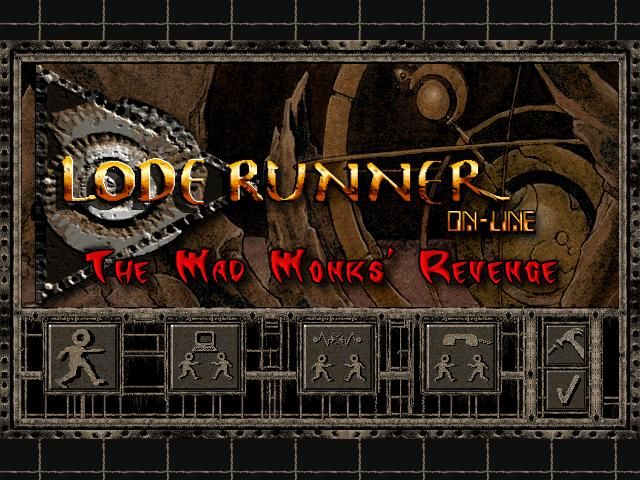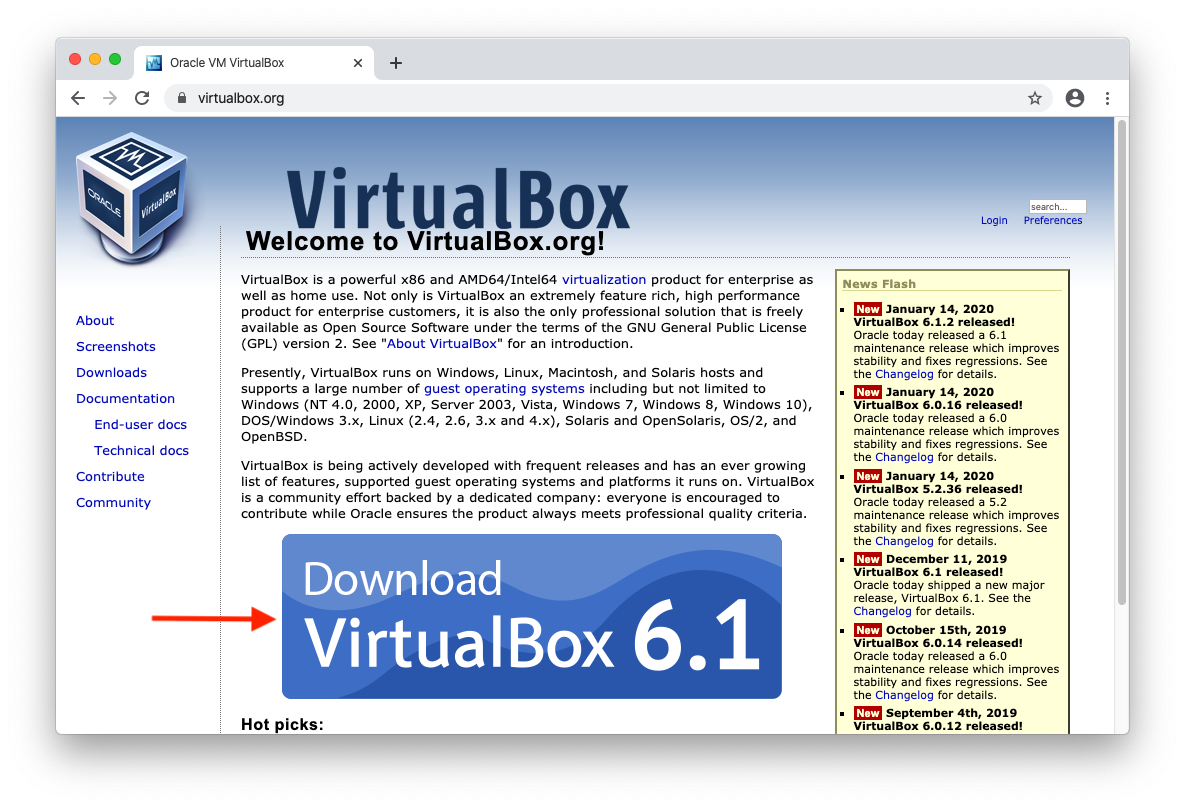- Free Imac Software Downloads
- Apple Store Line Apps
- Download Line Chat App
- Free Office Software For Mac
- Line For Desktop
Nmap has supported Mac OS X since 2001, and our support has only improved over time. While Mac users can compile Nmap themselves, we also offer an executable installer. Nmap makes use of Jhbuild and gtk-mac-bundler which are used to build other projects for Mac OS X, such as OpenSSL, libapr, libsvn... Nmap is also available through systems such as MacPorts and Fink which package Unix software for Mac OS X.
The easiest way to install Nmap and Zenmap on Mac OS X is to useour installer. TheMac OS X section ofthe Nmap download page provides a file namednmap-, where<version>.dmg<version> is the version number of the mostrecent release. The.dmgfile is known as a“disk image”. Installation instructions follow:
Full featured Windows version of GnuPG. Simple installer for the current GnuPG. Simple installer for GnuPG 1.4. Installer from the gpgtools project. The easiest way to install Nmap and Zenmap on Mac OS X is to use our installer. The Mac OS X section of the Nmap download page provides a file named nmap.dmg, where is the version number of the most recent release. The.dmg file is known as a “ disk image ”. Installation instructions follow. Download Line PC For Mac OS X. ( 2,076 votes, average: 4.89 out of 5) Loading. ดาวน์โหลดโปรแกรม Line PC For Mac OS X ( Download Line PC For Mac OS) สำหรับเวอร์ชั่นนี้รองรับการใช้งานบนระบบปฏิบัติการ Mac OS X.
Download the file
nmap-.Double-click the icon to open it. (Depending on how you downloaded thefile, it may be opened automatically.)<version>.dmgThe contents of the disk image will be displayed. One ofthe files will be a Mac meta-package file named
nmap-.Open it to start the installer.<version>.mpkgOn OS X 10.8 and later, you may see a dialog likeFigure 2.2.
Figure 2.2. Apple Gatekeeper block screen
If this happens, it is necessary to right-click or control-click on the.mpkgand select “Open”,as shown inFigure 2.3.Figure 2.3. Apple Gatekeeper Open menu
A dialog similar to the first will appear, this time having an“Open” button (shown inFigure 2.4).Click the button to continue.Figure 2.4. Apple Gatekeeper Open screen
Follow the instructions in theinstaller. You will be asked for your password since Nmap installs in a system directory.
Once the installer is finished, eject the disk image bycontrol-clicking on its icon and selecting“Eject”. The disk image may now be placed inthe trash.
See the instructions in the section called “Executing Nmap on Mac OS X” forhelp on running Nmap and Zenmap after they are installed.
The programs installed by the installer will run on Intel Mac OS X 10.5(Leopard) or later. Users of earlier versions will have to compile fromsource or use a third-party package. Instructions for PowerPC (PPC) Mac systems (which Apple ceased selling in 2006) are available on our wiki.
Compiling Nmap from source on Mac OS X is no more difficult thanon other platforms once a proper build environment is in place.
Compiling Nmap on Mac OS X requiresXcode,Apple's developer tools that include GCC and the rest of the usual buildsystem. Xcode is not installed by default, but can be downloaded free ofcharge from the Mac AppStore. After installing Xcode, open“Preferences”, select the“Downloads” tab, and click the“Install” next to “Command LineTools”.
Xcode installations don't always include the command line tools. You can install them by opening Xcode from the Applications folder, opening Preferencechoosing the Download header icon and clicking the Install button next to “Command Line Tools”.
Once you have installed Xcode and the command-line tools, follow the compilation instructions found in the section called “Linux/Unix Compilation and Installation from Source Code”. Note that on some older versions of Mac OS X, you may have to replace the command ./configure with ./configure CPP=/usr/bin/cpp. Also, on some newer Mac OS X versions, the libpcap version of the library provided by Apple may be too old. You may have to configure Nmap with the command ./configure --with-libpcap=included in order to use the compatible version included in Nmap, or you should update the libpcap installed on your machine.
Zenmap depends on some external libraries that do not come withMac OS X, including GTK+ and PyGTK. These libraries have many dependenciesof their own. A convenient way to install all of them is to use athird-party packaging system as described inSection . Once the dependencies areinstalled, follow the instructions in the section called “Linux/Unix Compilation and Installation from Source Code” toinstall Zenmap as usual.
Another option for installing Nmap is to use a systemwhich packages Unix software for Mac OS X. The two discussed here areFink andMacPorts. See therespective projects' web sites for how to install the packagemanagers.
To install using Fink, run the command fink installnmap. Nmap will be installed as/sw/bin/nmap. To uninstall use the commandfink remove nmap.
To install using MacPorts, run sudo portinstall nmap. Nmap will be installed as/opt/local/bin/nmap. To uninstall, runsudo port uninstall nmap.
These systems install the nmapexecutable outside the global PATH. To enable Zenmap tofind it, set the nmap_command_path variable inzenmap.conf to /sw/bin/nmap or/opt/local/bin/nmap as described inthe section called “The nmap Executable”.
The terminal emulator in Mac OS X is calledTerminal, and is located in the directory/Applications/Utilities. Open it and aterminal window appears. This is where you will type your commands.
By default the root user is disabled on Mac OS X. To run a scan withroot privileges prefix the command name withsudo,asin sudo nmap -sS <target>.You will be asked for a password, which is just your normal loginpassword. Only users with administrator privileges can do this.
Zenmap requires the X11 application tobe installed. If it was not installed by default it may be available asan optional install on the Mac OS X installation discs.
When Zenmap is started, a dialog is displayed requesting that youtype your password. Users withadministrator privilegesmay enter theirpassword to allow Zenmap to run as the root user and run more advancedscans. To run Zenmap in unprivileged mode, select the“Cancel” button on this authentication dialog.
Page last updated:
This topic describes how to install and uninstall the Cloud Foundry Command Line Interface (cf CLI).
Overview
The cf CLI is the official command line client for Cloud Foundry.
The procedures in this topic describe how to install the cf CLI on your operating system. You can install the cf CLI with a package manager, an installer, or a compressed binary.
For more information about how to use the cf CLI, see Getting Started with cf CLI.
To learn when cf CLI updates are released and to download a new binary or installer, see Releases in the Cloud Foundry CLI repository on GitHub.
There are currently two major versions of the cf CLI, v6 and v7. See the README to decide which version to use.
Prerequisites
If you previously used the cf CLI Ruby gem, you must uninstall the gem before installing the cf CLI.
To uninstall the gem:
Run:
Verify that your Ruby environment manager uninstalled the gem by closing and reopening your terminal.
Install the cf CLI Using a Package Manager
These sections describe how to install the cf CLI using a package manager. You can install the cf CLI using a package manager on Mac OS X and Linux operating systems.
Linux Installation
There are two ways to install the cf CLI using a package manager, depending on your Linux distribution.
To install the cf CLI on Debian and Ubuntu-based Linux distributions:
Add the Cloud Foundry Foundation public key and package repository to your system by running:
Update your local package index by running:
To install cf CLI v6, run:
To install cf CLI v7, run:
To install the cf CLI on Enterprise Linux and Fedora RHEL6/CentOS6 and later distributions:
Configure the Cloud Foundry Foundation package repository by running:
To install cf CLI v6, run:
To install cf CLI v7, run:
This also downloads and adds the public key to your system.
Mac OS X Installation
You can install the cf CLI on Mac OS X operating systems using the Homebrew package manager.
To install the cf CLI for Mac OS X using Homebrew:
Install Homebrew. For instructions, see Install Homebrew on the Homebrew website.
To install cf CLI v6, run:
To install cf CLI v7, run:
Install the cf CLI Using a Compressed Binary
You can install the cf CLI using a compressed binary on Windows, Mac OS X, and Linux operating systems.

For more information about downloading and installing a compressed binary for cf CLI v6, see Installers and compressed binaries.
For more information about downloading and installing a compressed binary for cf CLI v7, see Installers and compressed binaries.
Free Imac Software Downloads
Verify Installation
To verify the installation of the cf CLI:
Close and reopen the command prompt. Or, open a new tab in the command prompt.
Run:
If your installation was successful, the cf CLI help listing appears.
Uninstall the cf CLI
These sections describe how to uninstall the cf CLI. The method for uninstalling the cf CLI differs depending on the installation method.
Package Manager

If you installed the cf CLI with a package manager, follow the instructions specific to your package manager.
Apple Store Line Apps
Installer

If you installed the cf CLI with an installer, follow the procedure in this section that is specific to your operating system.

To uninstall the cf CLI on Mac OS X:
Delete the binary
/usr/local/bin/cf.Delete the directory
/usr/local/share/doc/cf-cli.
Download Line Chat App
To uninstall the cf CLI on Windows:
Navigate to the Control Panel and click Programs and Features.
Select Cloud Foundry CLI VERSION.
Click Uninstall.
Binary
To uninstall the cf CLI after installing it with a binary:
Free Office Software For Mac
Navigate to the location where you copied the binary.
Delete the binary.